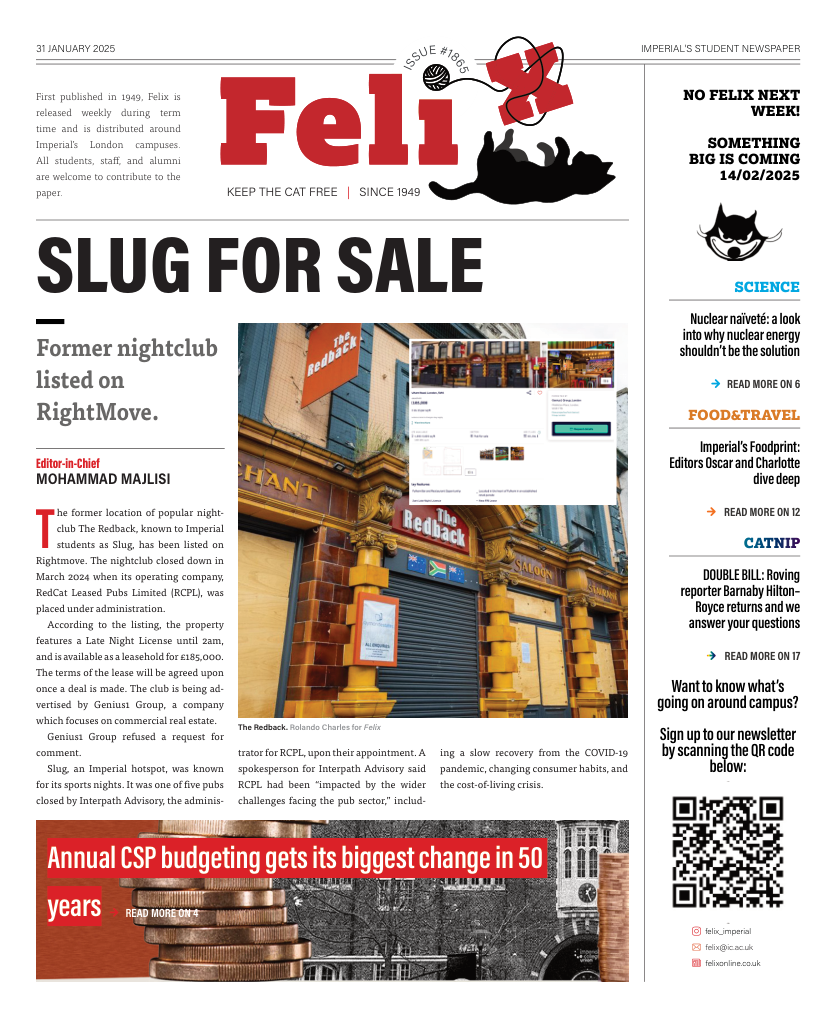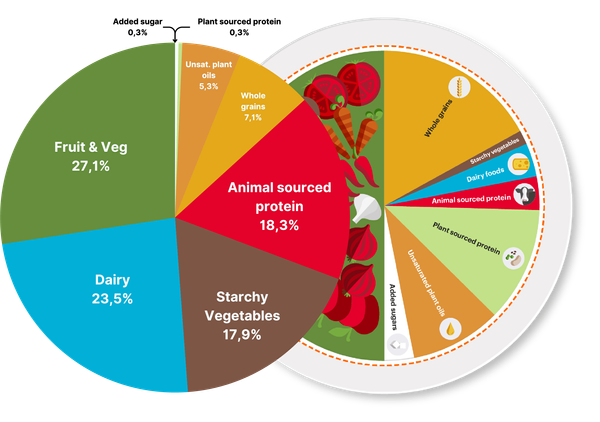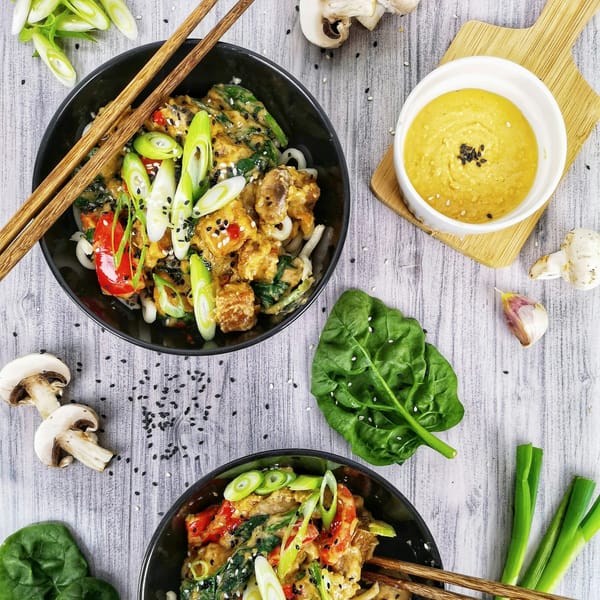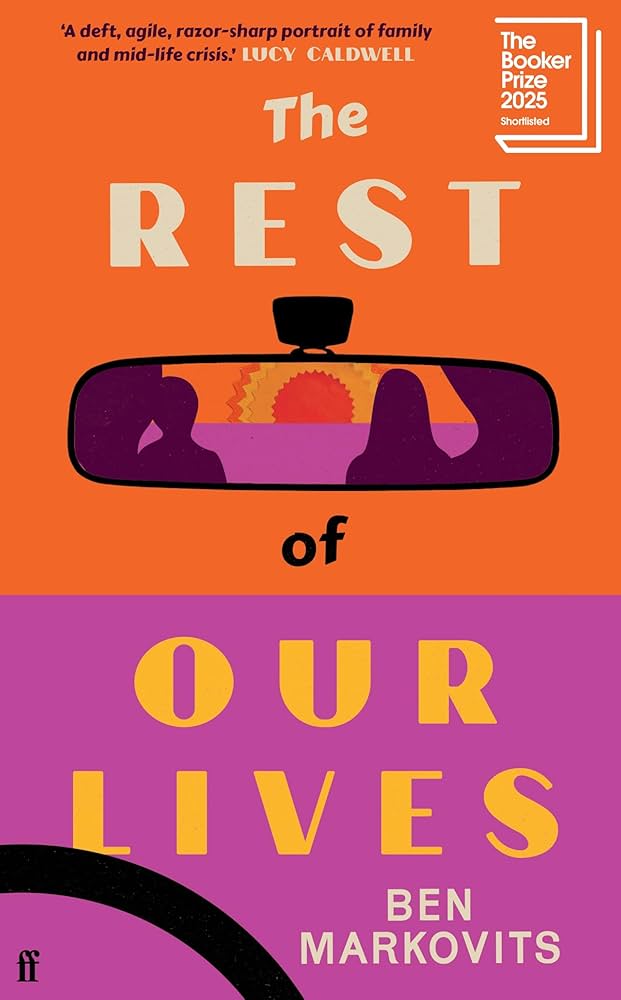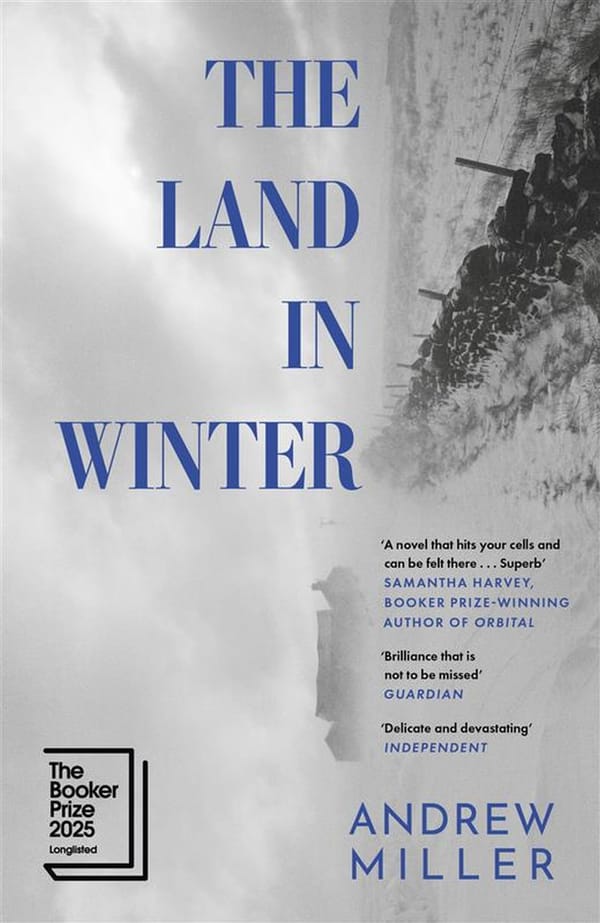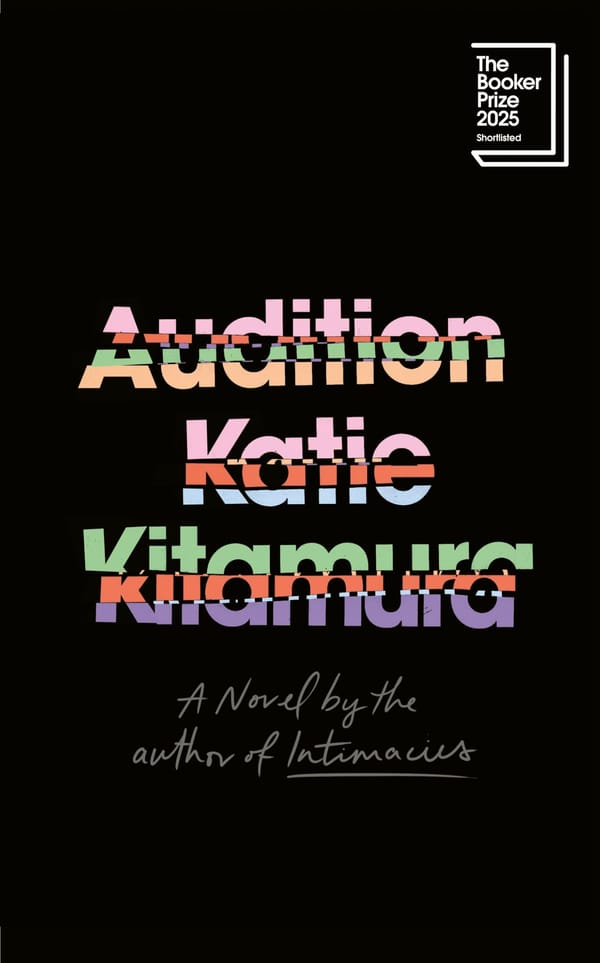It is time for a food label between organic and conventional
A label for food cheaper than organic but grown more naturally than usual would give consumers more choice.
My dad has this great bit, which I’ve tried to carry on as best I can in front of friends (and whoever else I’d like to think that I’m funny).
I’ll walk past the organic section at the grocery shops, where products with little comic-sans-esque green fonts and leaves growing out the i’s are stocked, screw up my face in disgust and say “Eugh, organic food. How awful! I need the insecticide-laced stuff, it adds more flavour,” or something equally childish. And when I cook, the closest person around will hear me say “By the way, all of this is certified non-organic,” and that person will ask me why. My answer is that I don’t buy organic food because it’s a cult that puts hard-working agrochemical salesmen like my dad under hard times. The truth, however, is a bit more complex.
While my dad has worked for agrochemical companies for most of his life, and while I largely don’t buy organic food, it is not because I think that the heavy metals add flavour, or because I hate the bees. It’s because I believe that organic food is an extreme reaction to sensible warnings over environmental impacts and health repercussions, and is a form of fearmongering by activist groups and supplement-peddlers.
Organic food has been around since the 1940s, yet its popularity only started markedly increasing at the turn of the century. In 1995, 0.6% of European agricultural land was used for organic food, rising to 3.6% in 2005 and 6.2% in 2015. It’s believed that this is the consumer response to various stories, scandals and cultural beliefs about Big Agro. I’m sure you’ve heard plenty about these scandals and beliefs from your turmeric-and-black-pepper-fortified cousin over Christmas. Big Agro has come under increasing fire for a wide range of issues in the modern era: Genetic Modification (GM), pesticide exposure, depletion of the soil, low animal welfare, suboptimal nutritional value, and of course, environmental impact.
As a response, shoppers have started to buy organic produce because of different farming practices. Organic farmers do not use artificial fertilisers, GM crops, prophylactic antibiotics or hormones, and must meet various criteria for animal welfare. Most will agree that ideally, all our food should be produced organically, however the low yields of organic farms mean that we simply cannot feed the world this way. We need to compromise somewhere.
But where? Do we sacrifice animal welfare for efficiency? Do we give over more land to natural habitats while intensifying agriculture on the land that is too far gone? Do we need a complete overhaul? Or can we find a more elegant solution?
The scandals and stereotypes that make people distrustful of Big Agro are all rooted in consumer behaviour. Companies compete to produce the cheapest option because that’s what people buy. Meaning that if we change how we shop, they will change how they act. We live in a democratic society, and it’s not because of our politics, it’s because we vote three times a day. Every item you scan at the supermarket sends a message straight to the desk of a Fortune-500 CEO saying “produce more of this”.
We are, however, constricted by what we can buy. And by the choice we’re given: Cheap or Organic? Thinking about the vast complexities of the agricultural industry, this question seems simplistic, but it’s very logical.
What supermarkets have done to give us this choice is called bundling, and you see it everywhere. When you buy a package from a TV company, you don’t purchase each channel you want to watch individually from a cast of hundreds. Instead, you get the basic, normal or premium package. It saves time and effort and lets the company get more money from those who want to splash out to watch sky sports, without losing customers who are happy with ITV.
And so, it’s happened in the supermarkets. To avoid losing the hippies to Holland&Barrett and the mindful middle class to Waitrose, chains like Tesco’s have the standard non-organic and the premium organic produce at a higher price.
This is all well and good, but what if I don’t really care about potential loss of nutritional density from artificial fertilisers, or if Monsanto has fiddled with my sweetcorn’s gene pool? I just don’t want hormones in my chicken and I’m willing to pay a few pence more, but not double. Of course, we’ll never be able to choose from all the options. It’d be counter-productive to have 50 choices of agricultural practice to pick from, but I don’t believe the perfect number is two.
I’ll admit that I’m being hyperbolic; there are plenty of options out there. Especially if you live rurally and have access to farm shops and local businesses. You can find grass-fed, non-GM, pesticide-free, but not herbicide-free produce. The choices and bits of information are limitless. But that’s the issue.
If we really care about where our food comes from, we can shop exactly how we want, but we have to really care. The choice of supermarket is too arbitrary and generally – other than between organic and not – is the only choice available to most people.
The effective granularity of choice is far too coarse: it’s organic or nothing. Or, if you’re lucky enough to be able to choose where you shop, it’s whether you spend more money, with no feedback on whether it’s actually making an impact or just lining more pockets.
When we hear opinions on changing the agricultural industry for our health and the environment, it often involves massive grassroots or institutional change.
But there’s already a system to check whether farms are fulfilling dozens of conditions: the green stamp. What if we take the higher-impact half of those conditions, or a watered down version, and slap a blue stamp on those. This would allow consumers to have greater choice and potentially putting ethical shopping within the reach of lower-income families.
Organic labelling is a great system, it lets people be sure that their money is going towards more sustainable practices. But it’s too extreme. We need a middle ground. We need another bundle.

